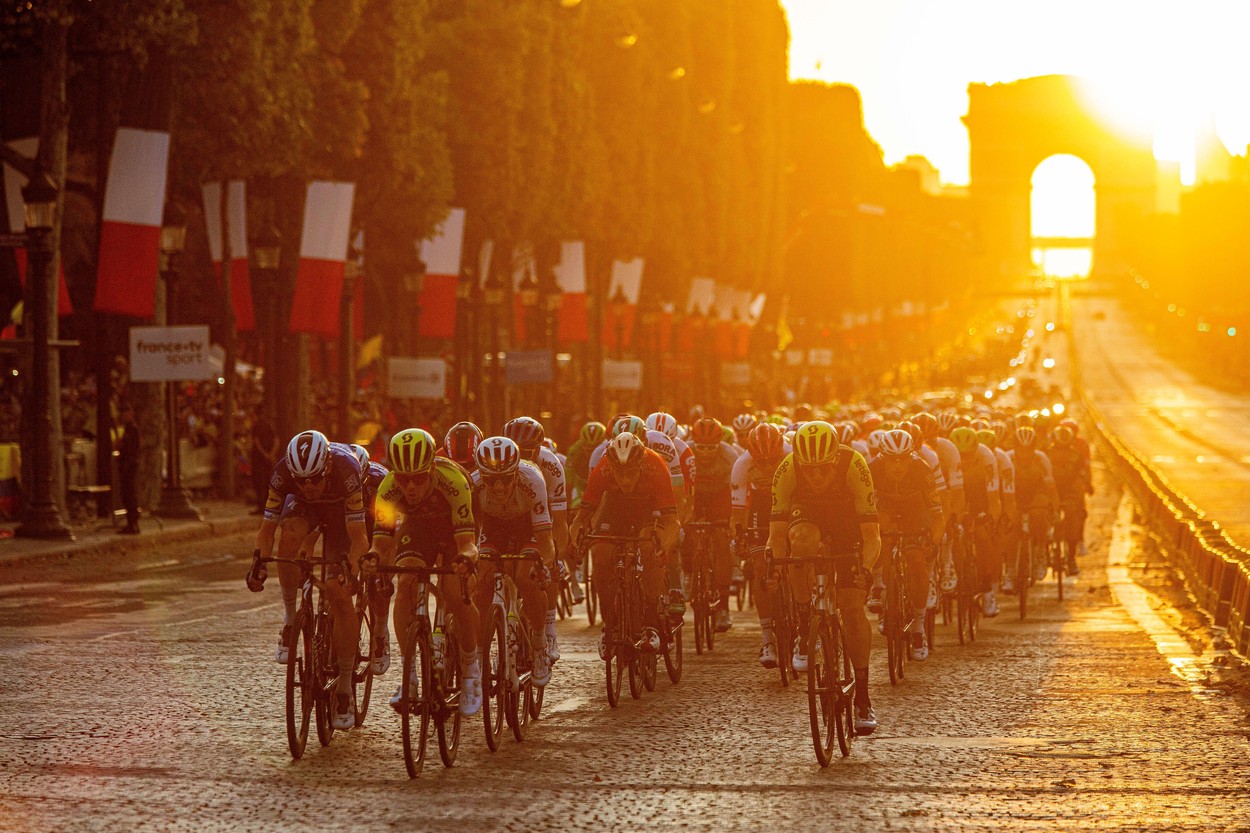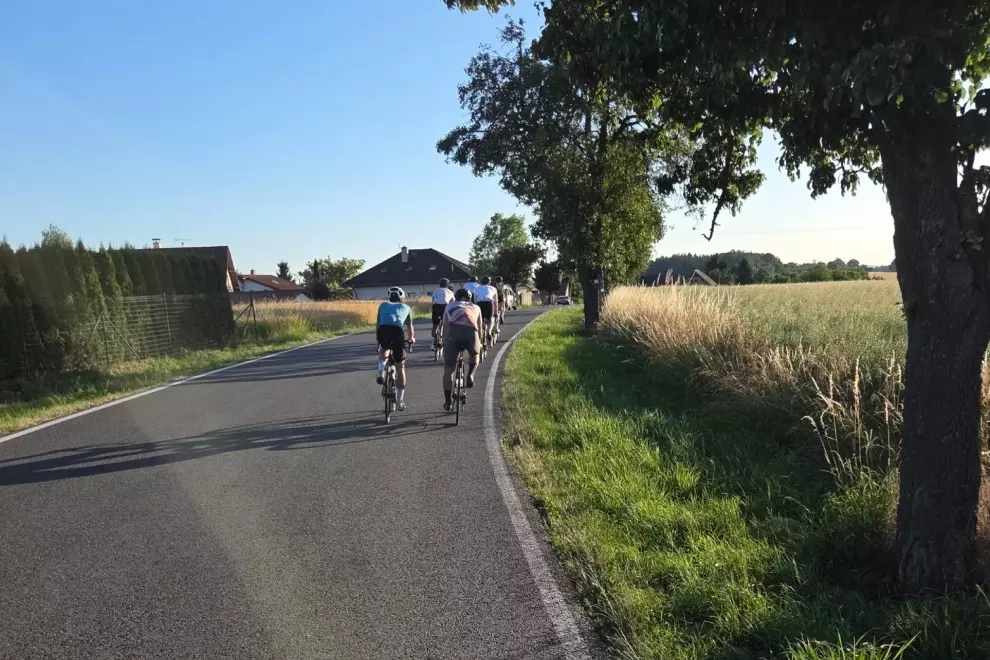Thankfully, this is a very achievable goal and we’re here to help. Although this is by no means an exhaustive list, We Love Cycling reached out to some multi-level riders to ask them what phrase or term they wish someone had explained to them before they started cycling. Here are some of the top picks.
Bibs
Unlike some of the more self-explanatory exercise gear, bibs are pretty cycling specific. Cycling shorts that have a bib or suspenders are basically like a pair of overalls and have no elastic waistband. Although the debate rages on, many cyclists prefer bib shorts because an elastic band can cause discomfort or chafing in the bent-over cycling position. They can definitely be annoying for women when using the washroom, but more brands are designing bib shorts with features like clasps and adjustable straps to help address that problem.
Bonking
You won’t know the feeling till it happens to you but once it does – you will never forget. A sudden loss of energy, bonking is your body’s way of letting you know that the glycogen stored in your muscles and liver has run out. This message could come by way of muscle cramping or a mental fog but, either way, it means you need rest, H2O, and high-carb foods to recover.
Cadence
Although the perfect cadence has yet to be agreed upon, we can at least tell you what the term means. Cadence is your pedalling rate or the number of revolutions per minute (RPN – more on acronyms below) and tends to scale in relation to how much power you put out. In other words, stronger riders are more efficient at a higher cadence and vice versa.
Chamois
Probably one of the most-googled cycling-related words, chamois refers to the pad in the seat of cycling shorts that wicks away moisture, prevents chafing, and provides extra cushion. Also, in case you were shy to ask the friendly fellow at your bike shop – best to go commando with chamois shorts, underwear will just cause unnecessary chafing and saddle sores.
Clipless
A counterintuitive name if ever there was one, when you hear ‘clipless’ in relation to cycling it is referring to a type of pedal that locks into the cleat of special cycling shoes for better power transfer when pedalling. Mildly confusing due to the fact that you do in fact clip into the pedal, you just have to roll with the backwards logic.
Crankset
Part of the drivetrain (more on that below), the crankset or front chainrings, collectively refers to the sprockets closest to the front wheel (next to the pedals) and the crankarms that rotate them.
Drafting
The practice of cycling behind another rider so they block the wind for you, drafting can save you upwards of 30 per cent on energy expenditure. When riding in a group, cyclists rotate through a line, taking turns riding up front (pulling) before peeling off and latching onto the back.

Derailleur
A fun one to practice your pronunciation, this is the mechanism that moves the chain from gear to gear whenever you shift. Depending on your bike, you may have zero, one or two derailleurs. That being said, on most road bikes, there is a derailleur in front for the chainrings and one in the rear for the cassette.
Drivetrain
Essentially all that confusing metal stuff between the wheels, the drivetrain typically refers to the pedals, front and rear derailleurs, cranks, cassette, sprockets, and the chain. All these components working together are what takes your pedalling power and moves you forward – thanks drivetrain!
Half-wheel
A fairly dangerous move that isn’t likely to make you popular amongst other cyclists, a half-wheel is when you’re riding behind someone and you let your front wheel creep up on the back wheel of their bike. Due to the fact that the other person can’t see you, this is generally considered an underhand tactic, used to show off by who happens to be feeling stronger that day.
Shifting
Moving from gear to gear, shifting is what allows you to maintain a constant cadence despite changes in resistance or incline on the road or trail. On most bikes, the shifter on the right moves the chain along the back gears for small changes. The shifter on the left adjusts the front gears, used for more major shifts. You’re likely going to spend more time playing around with the rear gears to find your sweet spot.
Watt
Watts are a unit we use to measure the rate at which energy is used over time. The more vigour you apply to the pedals, the greater the wattage.
So, there you have it, folks! Although we’ve included a few more detailed explanations of mechanical parts, you can also consult this handy infographic that covers the basics:
https://www.instagram.com/p/BL3EwHyhBm1/?fbclid=IwAR0pAJ7RZy3TknL_j92W6eazWkWNyk57HjeWdMoYbWmSe9dRtJ9U36x_9O0
And remember, if you’re confused by something said to you on a ride or unsure of what your bike mechanic is talking about, it is always better to ask! 9 times out of 10, people will be glad to help.
*Bonus Acronyms
TITS – Time in the saddle
TT – Time trial
LSD – Long, slow distance ride
RPE – Rate perceived exertion
RPM – Rotations per minute
QR – Quick release
PSI – Pounds per square inch (amount of air pressure in the tyre)







